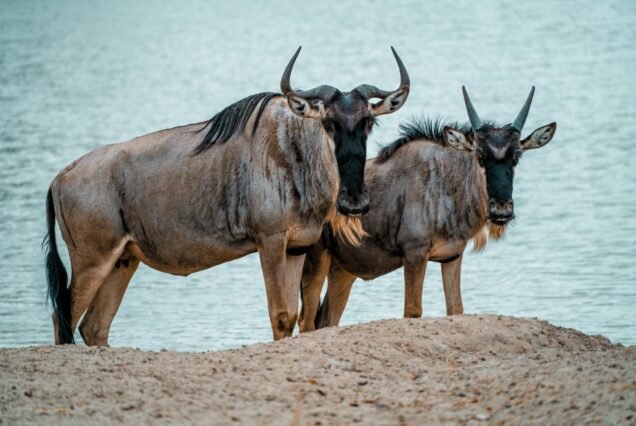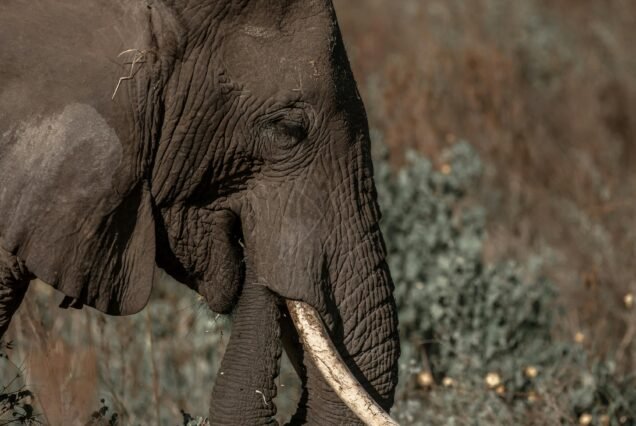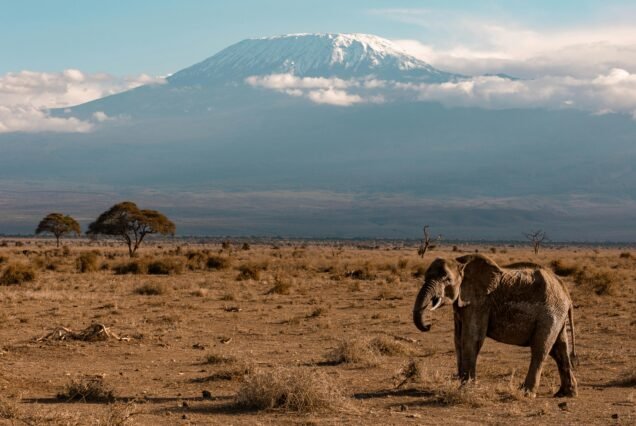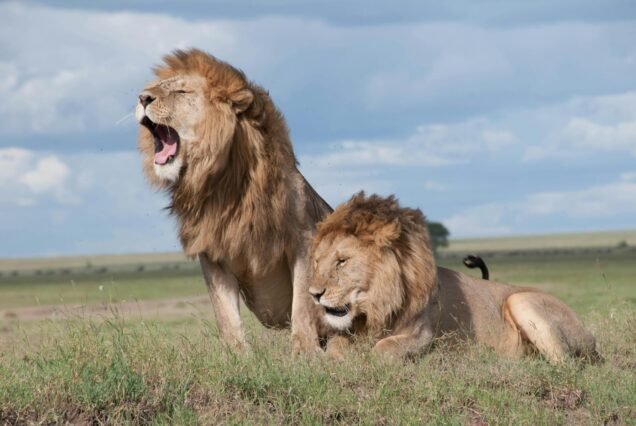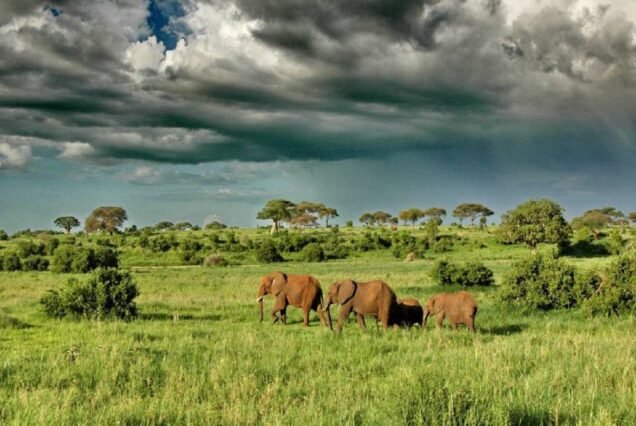Southern Tanzania Wilderness
Discovering Selous Game Reserve
The Selous Game Reserve, a UNESCO World Heritage Site, stands as one of the largest faunal reserves in Africa, extending over 50,000 square km. This pristine wilderness, located in southern Tanzania, is renowned for its impressive biodiversity. Home to some of the largest populations of African elephants, buffaloes, and wild dogs, the reserve offers a remarkable opportunity to experience wildlife in its natural habitat. The diverse ecosystems within the Selous encompass woodlands, grasslands, and swamps, which collectively support an array of species, making it a vital sanctuary for wildlife conservation.
Visitors to the Selous Game Reserve can engage in a variety of activities that allow them to immerse themselves in the African wilderness. Walking safaris provide an intimate experience, where travellers can learn about the flora and fauna from knowledgeable guides. This hands-on approach enables a deeper connection with nature, highlighting the subtle nuances of the ecosystem. Additionally, boat trips along the Rufiji River offer a unique perspective of the reserve’s landscapes, allowing visitors to observe wildlife such as hippos and crocodiles while enjoying the serenity of the waterway.
Game drives, another popular activity, facilitate close encounters with the reserve’s iconic species. Visitors can traverse the vast landscapes in specially designed vehicles, maximizing their chances of spotting the magnificent animals that inhabit the area. Moreover, the Selous has implemented various conservation efforts to protect its rich biodiversity, emphasizing sustainable tourism practices. These initiatives aim to foster a balance between preserving the environment and providing an enriching experience for visitors, ensuring that the beauty of the Selous Game Reserve can be appreciated by future generations.
Ruaha National Park: A Hidden Gem of Tanzania
Ruaha National Park, often overlooked compared to more popular safari destinations, stands as a remarkable testament to Tanzania’s untamed wilderness. Spanning over 20,000 square km, the park boasts an extraordinary variety of habitats, including expansive savannahs, riverine forests, and rugged mountains. These diverse environments contribute to Ruaha’s impressive biodiversity, making it a sanctuary for an abundant array of wildlife. Visitors to this hidden gem can witness large populations of elephants, frequently found roaming the park’s open plains, as well as majestic prides of lions that thrive in its untouched landscapes.
In addition to these iconic species, Ruaha is also home to an impressive roster of over 400 bird species, making it a paradise for birdwatchers. From the vibrant lilac-breasted roller to the endangered African hunting dog, the park’s avian diversity provides a captivating experience for nature enthusiasts. The best time to visit Ruaha is during the dry season, which typically runs from June to October; this period allows for optimal wildlife viewing as animals congregate around dwindling water sources.
Accommodations in Ruaha range from luxury lodges to more rustic bush camps, providing options suited to various preferences and budgets. Visitors can engage in exhilarating activities, such as night drives, which offer a unique opportunity to observe elusive nocturnal wildlife, or partake in bush camping experiences that immerse guests in the raw beauty of the African wilderness. Meanwhile, Ruaha National Park plays a crucial role in wildlife conservation efforts. However, it faces numerous challenges, including habitat loss and poaching. Responsible tourism is essential to mitigate these issues, ensuring that this pristine environment remains protected for future generations to explore and cherish.

